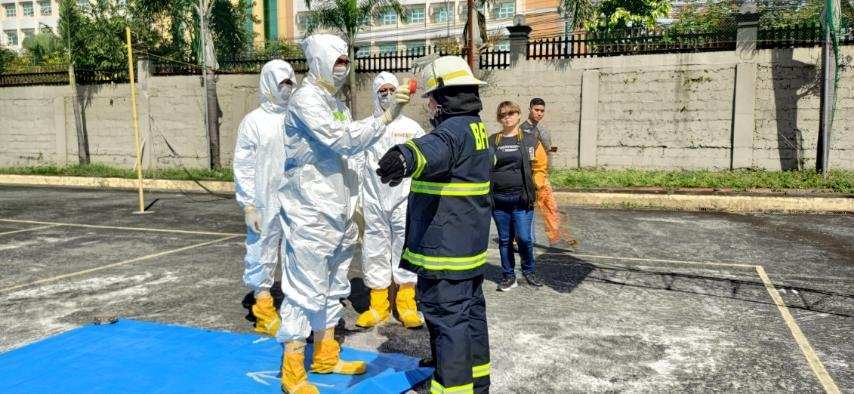
Radiation dose reading and decontamination of emergency respondents
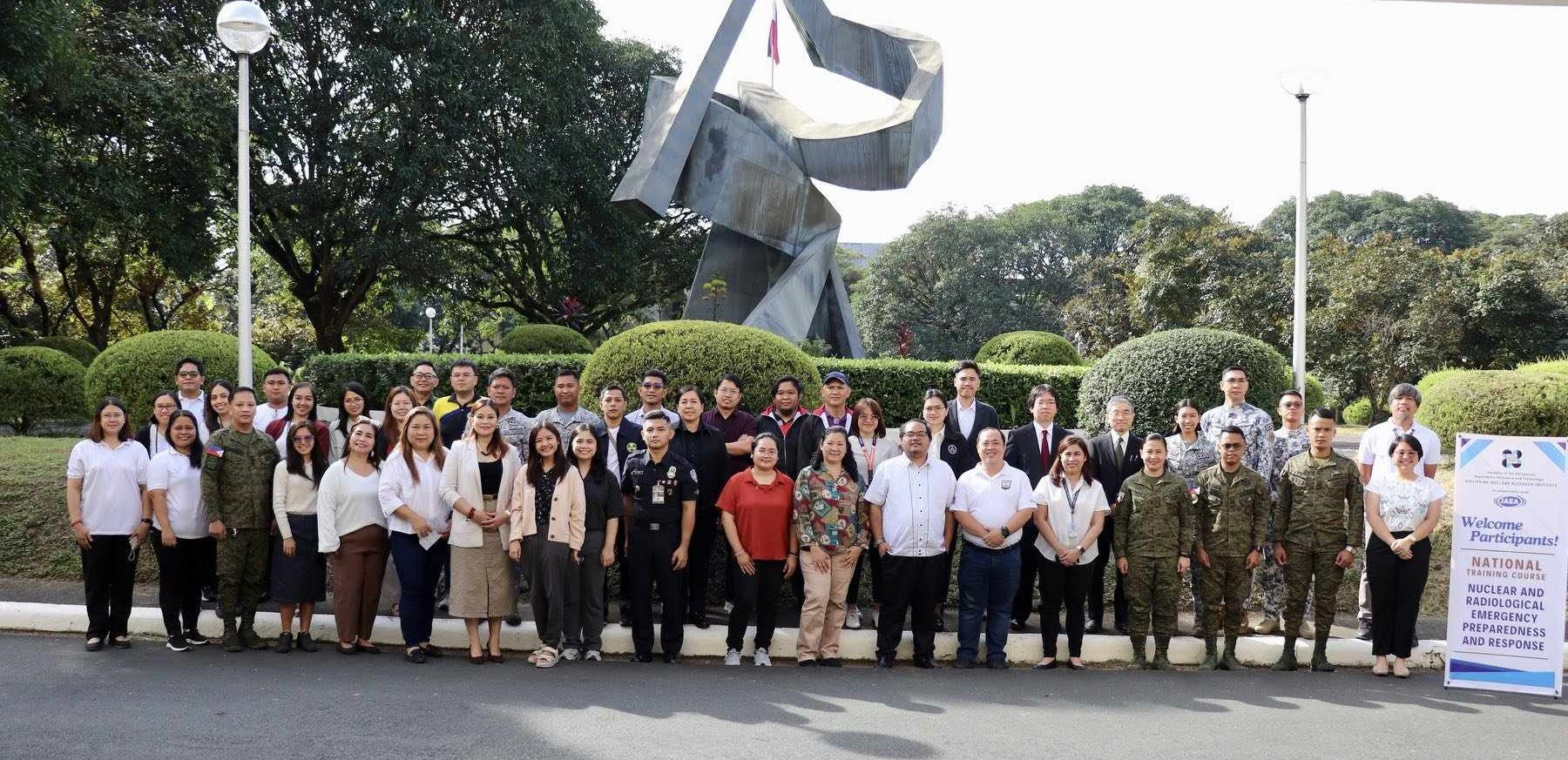
Training participants with speakers and organizers at the DOST-PNRI grounds
Building capacity in responding to nuclear and radiological emergency
Nuclear emergency is something that we don’t want to happen. But if it happens, we make sure we are ready.
Thus goes the mantra that resonated all throughout the eight-day “National Training Course on Nuclear and Radiological Emergency Preparedness and Response” organized by the Philippine Nuclear Research Institute of the Department of Science and Technology (DOST-PNRI) held January 20-29, 2025 in Quezon City.
Nuclear emergency is a situation involving a significant release of radioactive material due to nuclear chain reaction, such as a power plant meltdown. Meanwhile, a radiological emergency involves exposure to radiation from a radioactive source without a nuclear chain reaction such as radioactive material spill during transport or medical procedure using radioactive isotopes.
Nuclear activities in foreign lands that may affect the country in terms of health and environment are also considered as emergency situations.
To prepare for such incidents, PNRI experts thoroughly discussed vital “whats” and “how tos” in nuclear and radiological emergency preparedness and response to the 36 participants composed mostly of emergency responders.
One basic learning is about radiation and radioactivity, including their properties, doses, and different effects to people. Knowing the properties of radiation helps in determining the shielding, or material used in protecting people, from radioactive materials.
Further, as part of their activities in preparing for and responding to nuclear and radiological emergencies, the participants were trained in the use of radiation survey meters and dosimeters for monitoring radioactivity. They learned to frisk people to check radiation contamination, and to properly decontaminate people and areas.
Moreover, the trainees were taught how to properly communicate to the public during emergencies.
To put their learnings at work, the participants had tabletop and field exercises that simulated a radiological emergency which served as the culmination of the training activity.
“Despite my extensive experience in chemical and biological emergency response, this training provided valuable insights into the unique challenges and strategic approaches in nuclear and radiological emergencies,” stated Dr. John Paul Ner, a medical specialist and spokesperson of the East Avenue Medical Center.
“The training highlighted both the similarities and critical differences, enhancing my confidence in integrating these principles into a more comprehensive emergency preparedness framework. I am grateful for the opportunity, as it has strengthened my ability to contribute to a safer and more resilient community.”
The training also resonated well to those who are new to the field of emergency preparedness and response, just like Janna Mica Bagaforo of PNRI whose official function does not typically involve hazards or emergencies.
“The training highlighted the importance of being proactive in understanding potential risks, especially when it comes to nuclear or radiological incidents, which can have widespread impacts. I learned that knowing the basics of how to protect oneself, recognize warning signs, and follow proper emergency procedures can make a significant difference in staying safe during an emergency,” she said.
“Overall, the training provided a deeper sense of responsibility in being prepared, not only for myself but also for others, in any context where such risks may arise.”
Trainees were primarily from emergency response institutions such as the Bureau of Fire Protection, Armed Forces of the Philippines-Logistics Support Command, Philippine National Police- Health Service, Philippine Air Force, Philippine Coast Guard and Philippine Army and their Chemical Biological Radiological and Nuclear unit, Office of Civil Defense, and PNRI.
Other participants include the Departments of National Defense, Health, Energy and Interior and Local Government; National Intelligence Coordinating Agency; Philippine General Hospital; East Avenue Medical Center; Jose F. Reyes Memorial Medical Center; Food and Drug Administration; and Taguig City Epidemiology and Disease Surveillance Unit.
Partnering with PNRI in this training is the Japan Atomic Energy Agency which provided the overall course direction and training of the resource persons, aside from providing vital supplies for the course exercises.
(Framelia V. Anonas, DOST-PNRI | Photos by Training Participants)
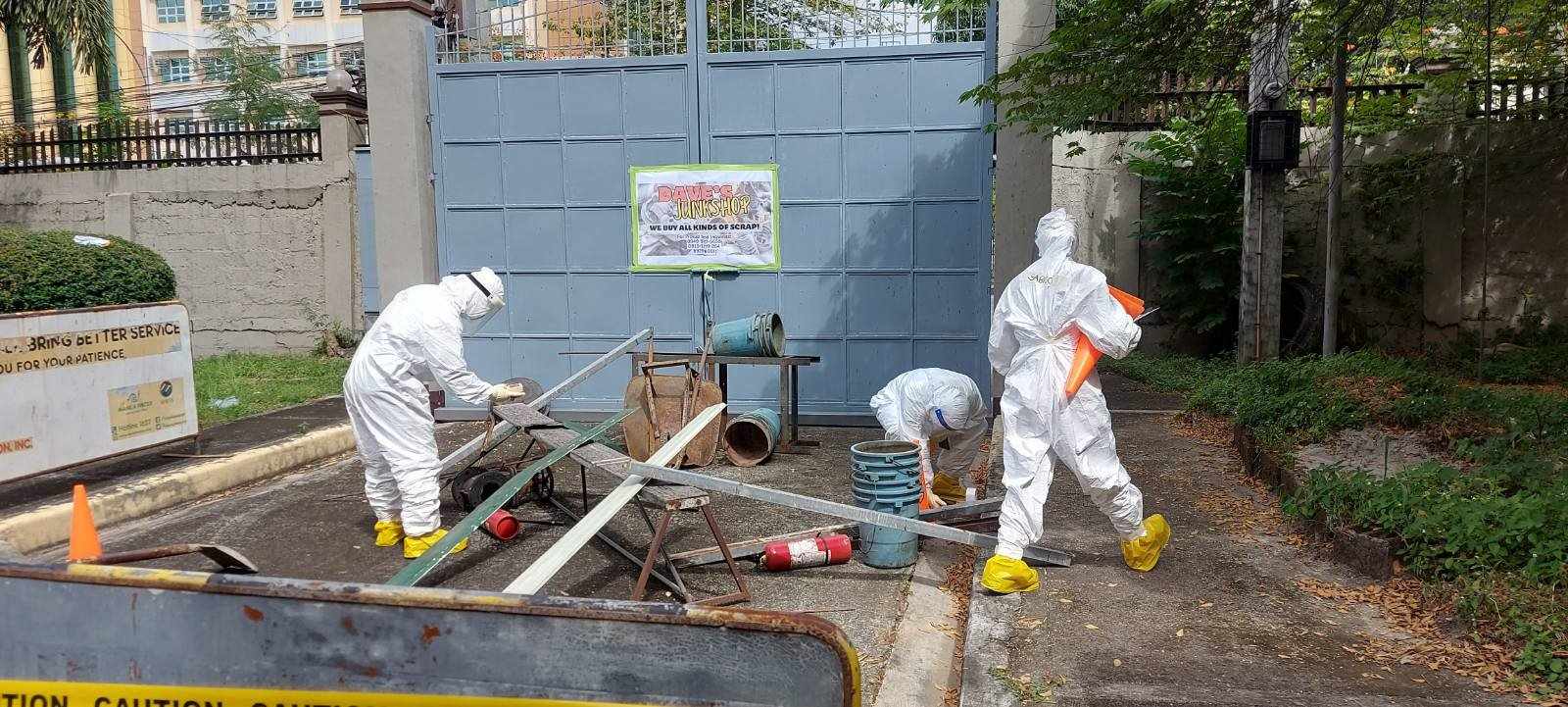
Finding the radioactive material at the incident scene using survey meters
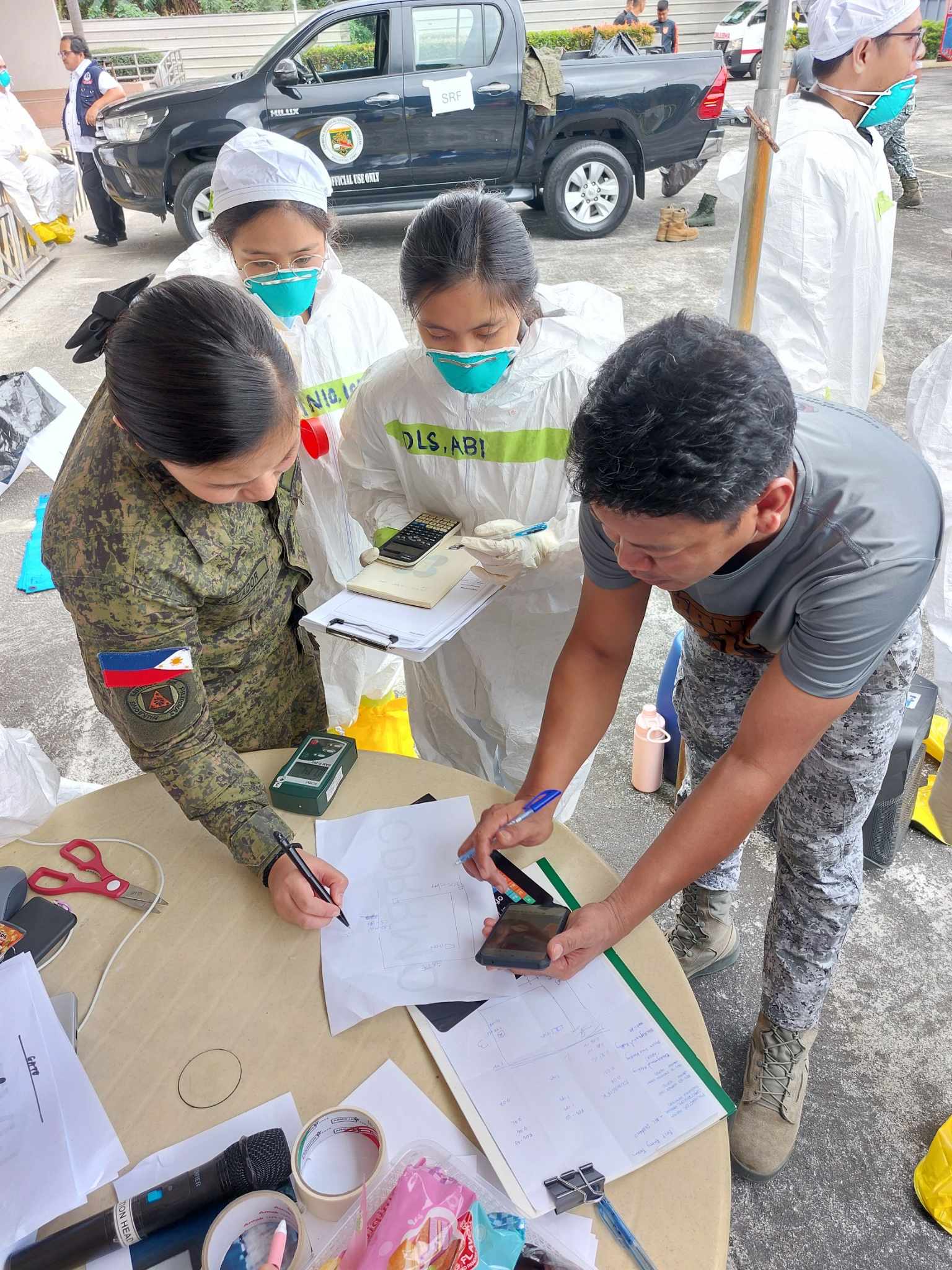
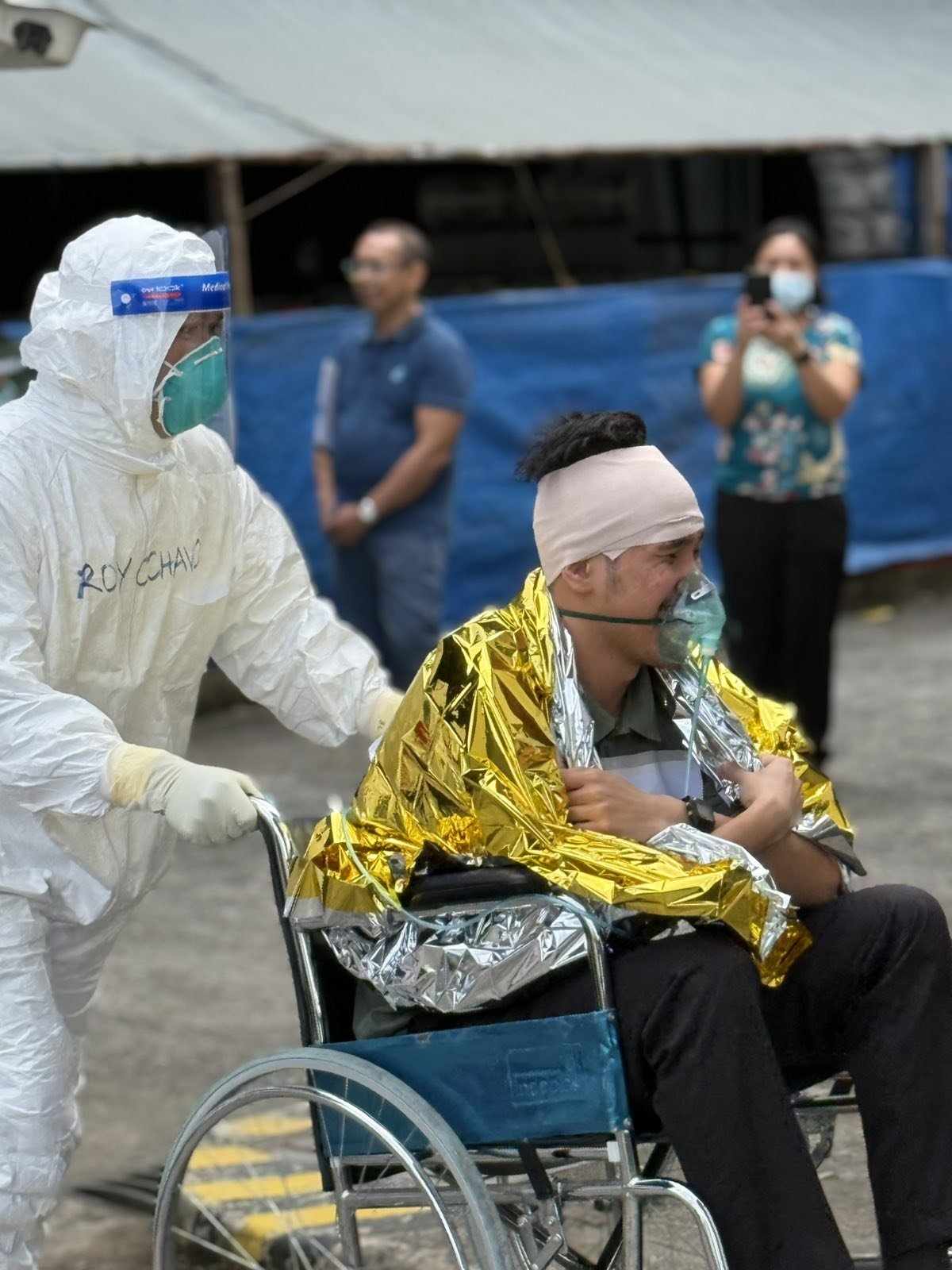
(Left) Reporting of radiation readings at the command center
(Right) Handling patients with probable radioactive contamination












































